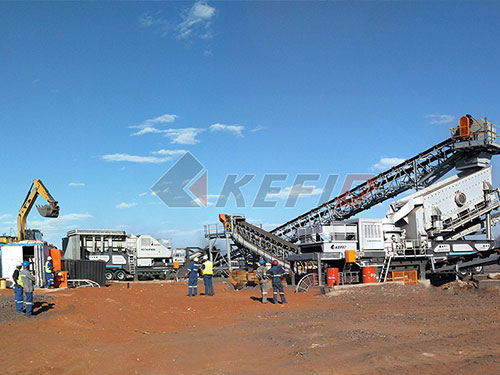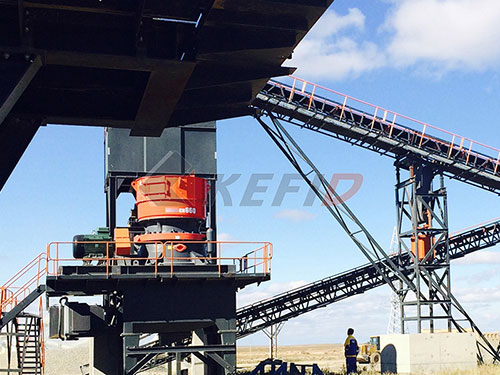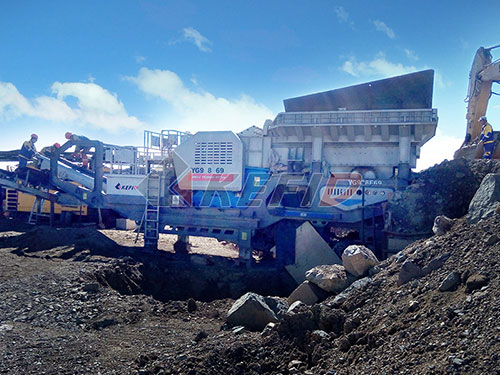The True Price of Power: Calculating Jaw Crusher Total Cost for Quarry Success in Egypt
Egypt’s quarrying sector stands as a cornerstone of its construction and infrastructure development. From the iconic pyramids built with local limestone to modern cities rising with concrete and aggregate, the demand for high-quality crushed stone is relentless. At the heart of most primary crushing operations sits the workhorse: the jaw crusher. However, procuring this essential machinery involves far more than just its initial price tag. For Egyptian quarry operators aiming for sustainable profitability, understanding and meticulously calculating the Total Cost of Ownership (TCO) for a jaw crusher is not merely advisable – it’s fundamental to survival and success in a competitive market fraught with unique challenges.
The Egyptian Quarry Landscape: Opportunities Under Pressure
Egypt boasts abundant mineral resources, particularly limestone, granite, basalt, sandstone, and gravel deposits scattered across regions like Sinai, the Eastern Desert, and areas along the Nile Valley. This resource wealth fuels a vital industry supplying aggregates for:
Massive Infrastructure Projects: New administrative capitals, road networks (like the extensive national road project), bridges (e.g., Rod El Farag Axis), and expanding ports.
Burgeoning Real Estate Development: Housing complexes and commercial projects catering to a growing population.
Cement Production: A key input for Egypt’s significant cement industry.

Despite this demand backdrop, quarry operators face significant pressures:
1. Fluctuating Aggregate Demand: Tied closely to government spending cycles on infrastructure and the real estate market’s health.

2. Rising Operational Costs: Energy (electricity and diesel fuel) constitutes a major expense, susceptible to subsidy reforms and global price volatility. Water scarcity also impacts dust suppression systems.
3. Logistical Complexities: Transporting heavy machinery across vast distances within Egypt involves navigating permits, potential road limitations, and managing costs from ports like Alexandria or Sokhna to remote quarry sites.
4. Regulatory Environment: Compliance with environmental regulations (dust control, noise), safety standards (MSA – Ministry of Manpower), mining licenses (EMRA – Egyptian Mineral Resources Authority), and customs procedures adds layers of cost and administrative burden.
5. Competition: Intense competition often pressures profit margins on the final product.
6. Skilled Labor Shortage: Finding and retaining trained personnel for operation and maintenance can be challenging.
In this environment, optimizing every aspect of operation is critical. The jaw crusher, typically responsible for the

Leave a Reply